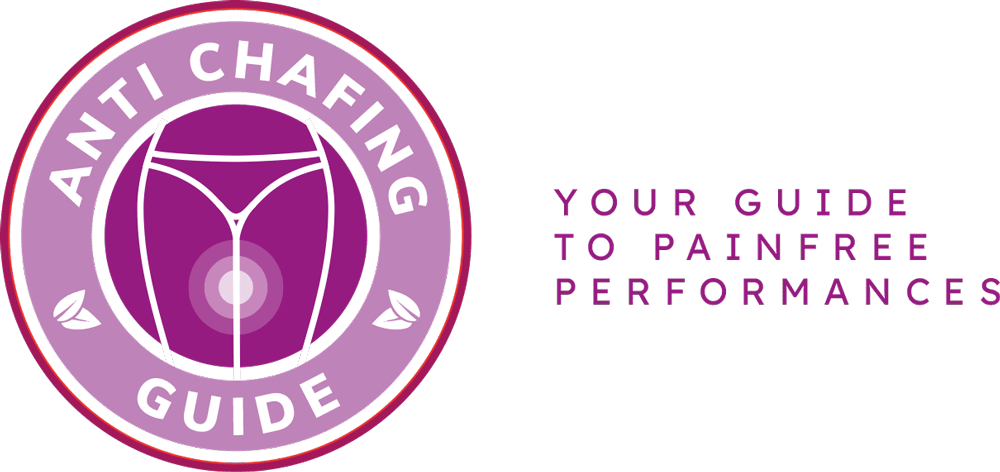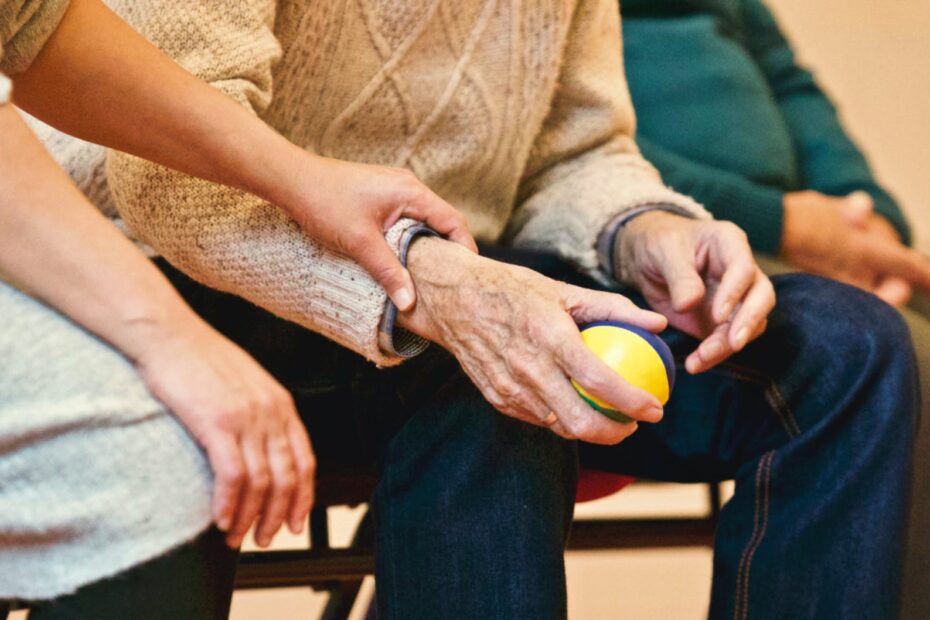Are you tired of dealing with chafed skin? Look no further! This article is your ultimate guide to soothing and treating chafed skin, with expert tips from dermatologists. Chafing can be a painful and uncomfortable condition, but with the right knowledge and techniques, you can find relief and promote healing.
In this comprehensive guide, we will explore the causes of chafed skin and how to avoid them. Understanding the underlying factors is crucial in effectively treating and preventing chafing. We will also provide you with a range of home remedies and treatments that can provide immediate relief and promote healing. These dermatologist-recommended tips and techniques will help you say goodbye to chafed skin once and for all.
So, if you’re ready to bid farewell to chafing and embrace smooth, healthy skin, let’s dive into this ultimate guide. Get ready to discover the secrets to soothing and treating chafed skin with expert dermatologist tips!
The Causes of Chafed Skin
Understanding the underlying causes of chafed skin is crucial in effectively treating and preventing it. Chafing occurs when the skin rubs against itself or clothing, causing friction. This friction can lead to irritation, redness, and discomfort. There are several factors that contribute to chafing:
- Prolonged friction: Engaging in activities that involve repetitive movements, such as running or cycling, can increase the risk of chafing. The constant rubbing of the skin against clothing or other surfaces can lead to irritation.
- Moisture: Excessive sweat or exposure to wet conditions can make the skin more prone to chafing. Moisture can soften the skin, making it more susceptible to friction.
- Poorly fitting clothing: Wearing tight or ill-fitting clothing can create friction and increase the likelihood of chafing. It is important to choose clothing that allows for proper airflow and movement.
- Sensitive skin: Some individuals have naturally more sensitive skin, which can make them more susceptible to chafing. It is important to take extra precautions to protect the skin in these cases.
To avoid chafing, it is recommended to:
- Wear moisture-wicking clothing: Opt for breathable fabrics that draw moisture away from the skin, reducing the risk of chafing.
- Apply lubricants: Use products such as petroleum jelly or specialized anti-chafing balms to reduce friction and protect the skin.
- Stay hydrated: Proper hydration can help maintain the skin’s elasticity and reduce the likelihood of chafing.
- Take breaks: If engaging in activities that involve repetitive movements, take regular breaks to allow the skin to rest and recover.
By understanding the causes of chafed skin and taking preventative measures, you can effectively treat and avoid this uncomfortable condition.
Home Remedies and Treatments for Chafed Skin
Are you tired of dealing with chafed skin and looking for effective home remedies and treatments? Look no further! In this section, we will unveil some tried and tested methods that can provide immediate relief and promote healing for chafed skin.
One of the most popular home remedies for chafed skin is applying aloe vera gel. Known for its soothing properties, aloe vera can help reduce inflammation and provide instant relief. Simply apply a generous amount of aloe vera gel to the affected area and let it dry naturally.
Another effective treatment for chafed skin is using a gentle moisturizer. Look for a moisturizer that is fragrance-free and hypoallergenic, as these are less likely to irritate the skin further. Apply the moisturizer generously to the affected area, making sure to cover it completely.
| Dermatologist-Recommended Tips and Techniques: |
|---|
| 1. Keep the affected area clean and dry to prevent further irritation. |
| 2. Avoid wearing tight-fitting clothing that can rub against the skin. |
| 3. Use a barrier cream or ointment to protect the skin from friction. |
| 4. Take cool showers instead of hot ones to avoid exacerbating the irritation. |
Remember, prevention is key when it comes to chafed skin. By following these home remedies and dermatologist-recommended tips, you can not only find immediate relief but also promote healing and prevent future occurrences of chafing.
Frequently Asked Questions
- What is chafed skin?
Chafed skin refers to the irritation and redness that occurs when skin rubs against itself or clothing. It can be uncomfortable and painful, often causing a burning or stinging sensation.
- What are the common causes of chafed skin?
Chafed skin is commonly caused by friction, moisture, and heat. Activities such as running, cycling, or wearing ill-fitting clothing can contribute to chafing. Hot and humid weather conditions can also exacerbate the problem.
- How can I prevent chafing?
To prevent chafing, it’s important to wear moisture-wicking and breathable clothing, especially during physical activities. Applying a lubricating balm or powder to areas prone to chafing can also help reduce friction. Keeping the skin clean and dry is crucial in preventing chafing.
- What are some home remedies for soothing chafed skin?
There are several home remedies that can help soothe chafed skin. Applying aloe vera gel, coconut oil, or a cold compress can provide relief. Taking lukewarm baths with oatmeal or baking soda can also help calm the skin.
- When should I seek medical attention for chafed skin?
If the chafed skin becomes infected, shows signs of pus, or does not improve with home remedies, it is recommended to seek medical attention. A dermatologist can provide appropriate treatment and advice.


Keith is originally from Truckton, Colorado. The 54-year-old cared for his overweight wife for many years. Keitch is also a freelance editor at antichafing.net and supports the team as a competent advisor. In his spare time Keith enjoys reading books, visiting his homeland and is a passionate product tester for well-known manufacturers.

